From uncontrolled havoc to guided: high-precision guidance kits for aerial bombs
An A-bomb with an Al Tariq development kit developed by Tawazun Dynamics-Daniel under the wing of the South African Air Force Hawk fighter before being dropped over the Bredasdorp test site near Cape Town
Strictly speaking, a planning bomb (it’s also controlled or adjustable) is what these two words imply: a bomb acquiring the ability to plan when installing certain devices, which allows you to increase its radius of action after dropping from a carrier aircraft so that it was not necessary to fly into the danger zone. At least, when it was created, this was the original intention. It is worth noting that the planning bomb is typical weapons, used by the coalition against the IG (Islamic State, prohibited in Russia) in Rakka.
The term “planning bomb” in the military lexicon has been around for a long time, but it was often incorrectly used to describe radio-controlled devices developed during the Second World Wave, for example, Henschel HS293. In fact, it was a rocket with a jet engine and a remote control (at least in the modern sense, because the original Latin word “rocket” simply refers to any object, usually a stone, thrown with the intention to get into something, and there is no a hint of neither powerplant nor control).
Unlike most fairly sophisticated weapon systems that do not have an engine and are mistakenly called “planning bombs,” a real planning bomb really is what is described in the opening paragraph. It should be a cheap weapon, ideally an ordinary free-fall bomb, to which wings can be attached with detachable clamps and bolts so that it can fly "leaning" on the air rather than fall vertically downwards. However, as the range increased, as a direct consequence of high drop heights, increasing speeds and improving aerodynamic surfaces, the need for autonomous targeting of one type or another quickly began to appear - after all, the concept of “indirect damage” was firmly established in the dictionary of modern strategists. Guidance, above all, became a necessity when the ranges ruled out any predictability of the ballistic trajectory at such increased distances. Indeed, some of the current planning (guided) bombs are able to reach targets at a distance of about 100 km.
Bomb Mk 84 Raytheon Paveway III 2000 mass pounds (in the picture is a typical instance used by the French Air Force during combat missions against the IG in the vicinity of Raqqa). Ahead of the head is mounted with a laser seeker and a cruciform nose stabilizers
Configurations
As mentioned earlier, the transformation into a guided or planning bomb with the current level of technology is quite simple. The standard free fall is taken aviation the bomb and several elements are attached to it with removable clamps and bolts for planning, but judging by even a few photos from this article, there are essentially two ways to do this, especially when it comes to moving control surfaces necessary to hold the bomb on the required trajectories. The control surfaces can be installed in the bow in the style of "nose wheels" or more traditionally in the tail. The latter solution is suitable, first of all, for larger and heavier bombs, but it requires, as can be seen in some photographs, the installation of secure (including physically) data transmission channels that run along the bomb body and connect the nose sensor block to the rear moving ones surfaces. Oddly enough, the nasal rudder scheme was implemented on a veteran among the planning bombs of the modern era - a heavy Paveway laser-guided aerial bomb, originally developed by Texas Instruments, which was used by the U.S. Air Force in Vietnam in the 60s. Known in the army under the designation GBU-1 (GBU - guided bomb unit - guided aerial bomb), the guided aerial bomb with laser guidance Paveway (later retroactively designated Paveway 1) looked rather clumsy, because it was based on a bit “thick” and without much a hint of aerodynamics of the 750-pound M117 bomb. But at that time the goal was one - to increase the accuracy of the bomb. The first Paveway model, the development and production of which was transferred to Raytheon and Lockheed Martin (partially), was followed by countless types and modifications, especially those based on the Mk84 and Mk82 bombs, respectively weighing 2000 and 500 pounds (900 kg and 227 kg).
High-explosive bomb Mk 84 (BLU-117 / B) weighing 900 kg with a JDAM kit received the designation GBU-31 JDAM
The Europeans have developed their own kit for aerial bombs, designated PGM (precision guided munition - high-precision guided munition). The very first designs were developed by the Italian company GEC Marconi, which later became Alenia Marconi, which eventually merged into what is known today as MBDA. The 500 pound bomb with a PGM kit has fairly smooth contours, since its nose and rear parts are quite large in diameter and form a single body around the bomb. The 2000 pounds bomb with this kit installs the main body uncovered. However, only a smaller kit was mass-produced, which was sold to the United Arab Emirates (at that time the only weapon of this type of non-US origin) under the designation Hakim for installation on Mirage 2000-9 fighters of the Air Force of this country.
PGM 500 (top) and PGM 2000 guided bombs
The name of this Diamond Back kit (diamond on the back), created by MBDA, is self explanatory. The Diamond Back kit (in the figure with spread wings) can be installed on virtually any guided bomb with the sole purpose of significantly improving its planning properties.
The Raptor kit (named after the Raptor 1 when the Raptor 2 was already planned) was the first copy of the planning bomb. Initially, he was controlled by radio teams, but later received a television GOS. According to South African pilots, he was sensitive to sun glare and could only be applied with limited force when the sun was above the horizon line. Most likely, the Raptor 2 version has not progressed beyond the development phase (photo below)
The Bobing SDB's small-diameter bomb, equipped with a Diamond Back kit, will hit the target in an instant. Diamond Back is also used along with the Jdam kit, which later developed into the Jdam-ER version.
Later, new systems with a greater range and higher accuracy appeared, but this time due to the adoption of sets of wings located approximately above the center of gravity of the bomb in order to gain additional lift, which even large protruded cruciform tail rudders of the later Paveway bomb models could not offer. . The final decision came in the form of folding wings, opening into the flight configuration after the bomb had moved a safe distance from the aircraft. Here, an example of such a construction immediately comes to mind - a Diamond Back kit from MBDA, which can be fastened with clamps to existing Paveway bombs with an installed guidance set: a sensor unit and cruciform control surfaces located immediately behind it. The Back Diamond kit provides lifting power to increase the radius of the bombs 20.
However, long before the appearance of the kits attached to the clamps, the firm Kentron, a division of Denel, apparently laid the way for the technology of planning bombs in its current form. The development of the Raptor system began in the 70-ies and after its completion it entered into service with the Mirage F1 fighter aircraft of the South African Air Force, which at the time was fighting with Angola. Unlike the Diamond Back, the Raptor kit's drop-down wings were attached to the bottom of the bombs, and a small screw in the tail section fed the electronics of the bomb in order not to depend on the power system of the aircraft carrier. As for the bombs equipped with the Diamond kit, they turn over after the wings unfold.
The Raptor II kit, which was supposed to include a pair of parallel-mounted jet engines installed under the wing block, was not completely finalized. Instead, Denel developed the Umbani kit and showed it at Africa and Aerospace Defense 2004. He made his first flight on the Mk82 aerial bomb from the Hawk fighter in 2011. According to the company, that time she flew to 40 km. In spite of the pictures commissioned by the company, demonstrating the dumping of an aerial bomb with this kit from a South African Gripen aircraft, this system will not be realized in the near future, since huge investments are needed in certification of its use from a supersonic aircraft. However, things can change with the certification of the Al Tariq kit, developed by Tawazun Dynamics. It is worth noting that, nevertheless, the South African air forces purchased the Paveway IV bombs to arm their Gripen fighters.
In order to increase the range of the existing Spice series of guided bombs, Rafael also developed a set of wings mounted under the fuselage.
Rafael has developed the Spice 1000 kit, which is attached to the Mk83 bomb. Air bomb equipped with folding wings in the bottom of the fuselage, has a range of up to 60 km. Equipped with a dual-aiming system (a CCD and an infrared camera on the final part of the trajectory), the bomb recognizes its targets using the comparison system of the reference and real display of the terrain. Rafael Announces Three Meter Probable Circular
If there is no need for extreme ranges, then the Boeing company's offer in the form of a Jdam GPS-guided kit might be a good offer for approximately 20000 dollars, which is about five times cheaper than its laser-guided counterparts. As a rule, it allows you to have a maximum range of 30 km and a typical accuracy of about 10 meters. After transferring the target coordinates to the system, the bomb is ready to be dropped.
The matter is simplified when using a simple GPS-receiver or inertial measurement unit, because in this case there is no need for a complex sensor module in the nose. In this case, it suffices only to have a tail block with movable stabilizing surfaces, such as the Boeing Jdam (Joint Direct Attack Munition) equipment set, which transforms existing free-fall bombs into all-weather corrective measures. This system is a set of wings, fastened in the middle part of the bomb, and the tail unit, having tail. It was originally developed by McDonnell Douglas and first used in Kosovo at the end of the 90s. Since then, the kit has been sold to 26 countries. Good ideas are often adopted by others, especially when they are simple. This is exactly what happened with the Turkish HGK high-precision targeting kit developed by the Scientific and Research Institute of the Defense Industry of the Turkish Scientific and Technical Research Council Tubitak Sage. This kit actually reproduces the sliding Jdam design used as aerodynamic stabilizers. According to the manufacturer, this kit provides a circular probable deviation of the entire 82 meters for the Mk10 aerial bomb with an inertial navigation system, and when the GPS is activated, the entire 6 meters. When dropped from a high altitude, the range is about 30 km. Jdam kit for its part is mounted on the 2000-pound bomb Mk84 and 1000-pound Mk3.
The At Tariq kit at the Tawazun booth at Dubai Air Shaw in November 2015
Engine
For various reasons, rocket boosters were installed on several models of guided bombs. In addition, accelerators can increase the range of such weapons, which can reach 100 km when dropped from high altitudes, they allow you to launch guided bombs either from light jet aircraft (even from aircraft originally designed as training), or from lower altitudes. At the same time, an aerial bomb with jet accelerators on board can climb along a steep trajectory, for example, for a further almost vertical dive, which allows minimizing indirect damage. This, however, determines the very high accuracy of operation not only for the homing head (GOS), but also for controlling aerodynamic surfaces, which should instantly react to corrective commands from the GOS. Currently, weapons of this type, such as the AASM modular guidance system from Sagem in steep dive mode, have reached meter accuracy.
Denel's Umbani system was originally offered with a rocket booster, but Denel could not confirm whether work was continuing on it. Such development seems unlikely due to the new Tawazun Al Tariq kit.
Earlier, the PGM kit from MBDA and its use for armament of Mirage 2000-9 Emirates Air Force fighters was mentioned. However, later with its purchase some difficulties arose. But nothing motivates and stimulates the country to develop its own version of weapons and its improvement, as depriving it of the opportunity to use it in their own interests. The Emirates, together with their company Tawazun Dynamics and South African Denel, entered the market with the AL Tariq system in two versions. One is a more traditional scheme like that of the Paveway, and the second with dorsal folding wings to increase the range (see the first photo). In truth, the Al Tariq suite is very similar to the Urnbani production version. The simpler of the two options was demonstrated in South Africa in April 2015; A bomb dropped from a Hawk aircraft hit this target with impressive accuracy.
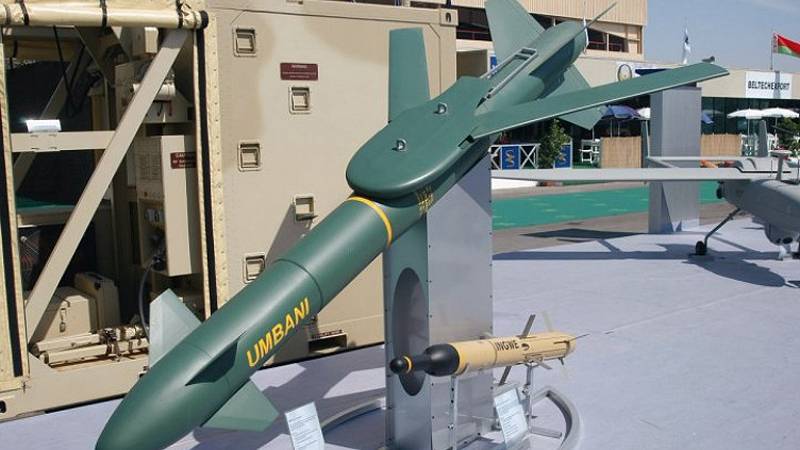
The Umbani system, based on the Mk84 aerial bomb and first introduced by Denel in 2004, served as the basis for the development of Al Tariq
The photo shows two of the three options for AASM. In the foreground with a laser seeker, and immediately behind it with a system of inertial and GPS guidance (in the background is the Paveway II bomb). The third version of the AASM is equipped with an infrared hsn and resembles with its glass sphere a variant with a laser hsn
Homing heads
Homing (as opposed to active remote piloting with a joystick) can be achieved through various methods. The most popular is the laser, in which case the wearer's nose sensor looks for a laser spot (usually in the near infrared region of the spectrum) on the ground and swoops down on it. In recent years, lasers and laser seekers have made a giant leap in their development, especially in the context of stable operation in bad weather conditions (but again only up to a certain limit). But at the same time, laser guidance technology has the disadvantage that it requires constant “illumination” of the target by a target designation system installed on a carrier aircraft or other air vehicle (which may be drone) or a laser illumination station maintained by an operator on the ground.
Another method that may have emerged before anyone is to use television homing systems or homing systems in contrast to the target. The pilot or co-pilot directs the camera to a predetermined target, after being captured for tracking, the rocket flies in its direction based on contrast recognition (or pixel-by-pixel). However, this method has its limitations, especially in bad weather conditions, with low contrast, as well as in bright sunlight when reflected reflections from the surface, usually a lake or river, can blind the camera with dramatic consequences, if, for example, the target was the bridge.
Another solution is a combination of a CCD camera and an infrared sensor. This system with higher characteristics allows the bombs to swoop on the target, the image of which is stored in memory. This type of GPS in combination with an inertial unit and a satellite receiver is used in the Rafael Spice 1000 system.
Inertial guidance provided by inertial measurement units is often used in many weapons systems due to relatively low cost, but in this case it is rather difficult to obtain high accuracy. And here comes the GPS - a brilliant satellite navigation system, which appeared in the 1995 year. When the problems with signal reception delay were resolved, the global positioning system became absolutely necessary in a number of military areas, including such unassuming weapons as guided or planning bombs.
Satellite navigation systems (the Russian GLONASS has already been deployed, and Europeans will soon receive their own Galileo system) are also used in laser guidance systems, since when the communication channel is broken, they can take over the guidance functions. In this case, the system is called a dual-mode laser / inertial GOS, which, for example, equip the Paveway IV bombs.
Thus, it is not surprising that in response to the challenges of time, more and more bomble control kits are offered with three variants of the guidance system, as can be seen in the example of the French modular guidance system AASM.
China also has its own version of the GPS-controlled bombs. LS-6 1000-pounds weight with drop wings developed by Catic. The manufacturer does not name the maximum range, but declares a circular likely deviation of 13 meters
A planning bomb called the Drill of the development of the NPO Basalt completes state tests. According to the manufacturer, the range when moving away from the carrier is 30 km
Materials used:
www.shephardmedia.com
www.tawazundynamics.ae
www.raytheon.com
www.mbda-systems.com
www.boeing.com
www.deneldynamics.co.za
www.rafael.co.il
www.bazalt.ru
www.wikipedia.org
en.wikipedia.org
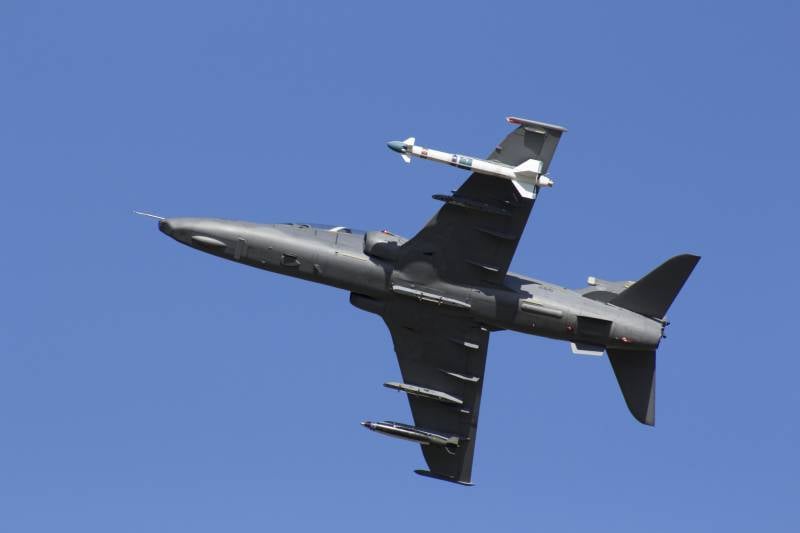
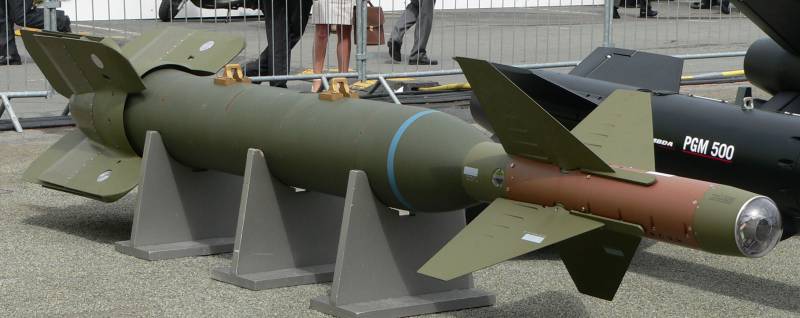

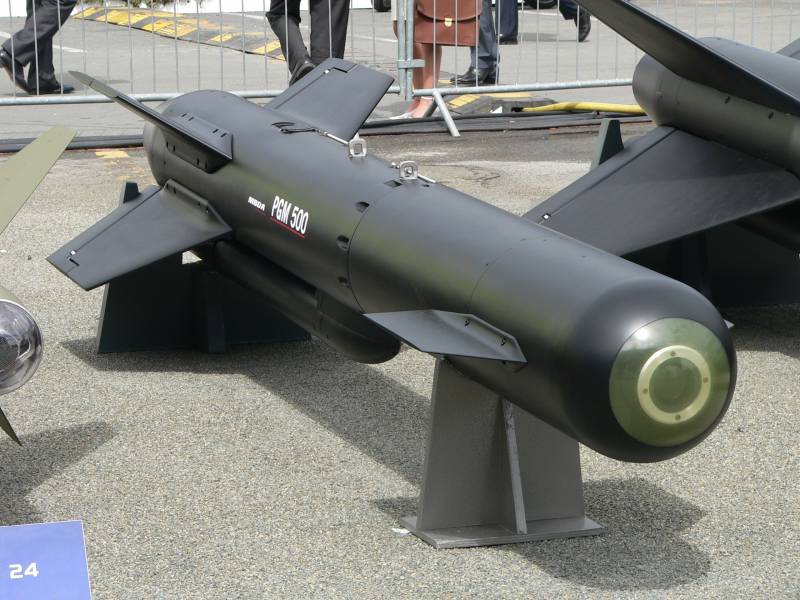
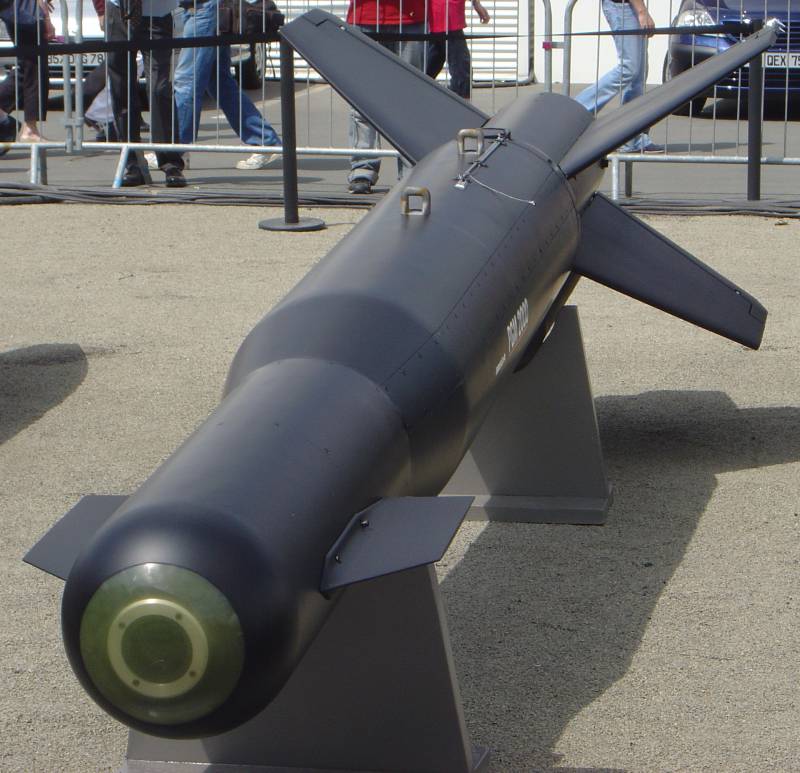
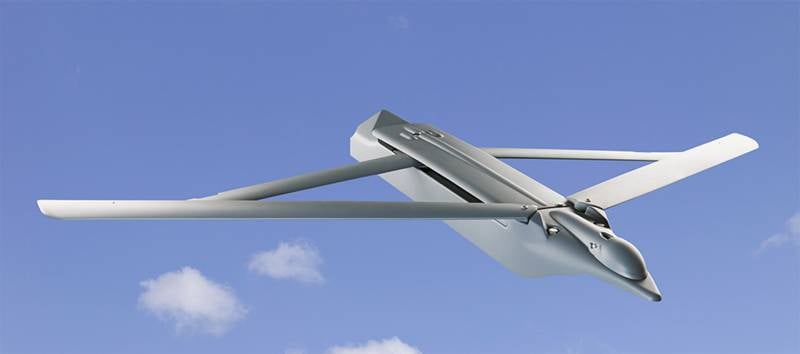
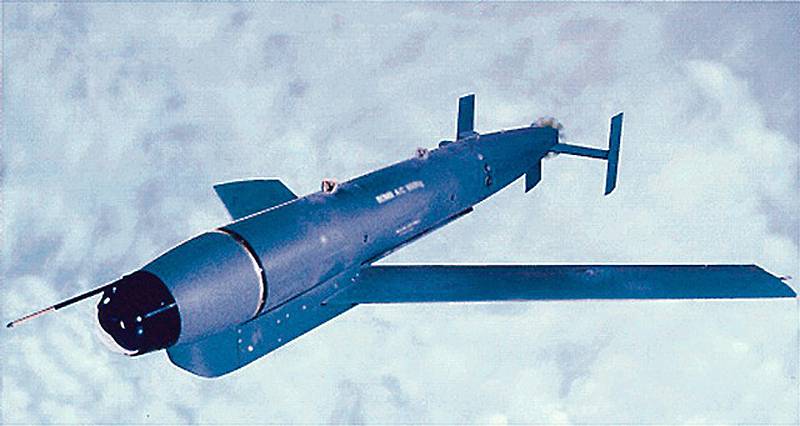
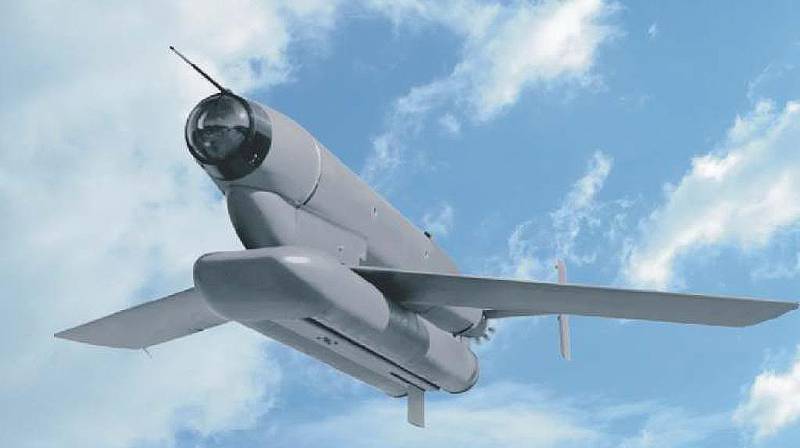
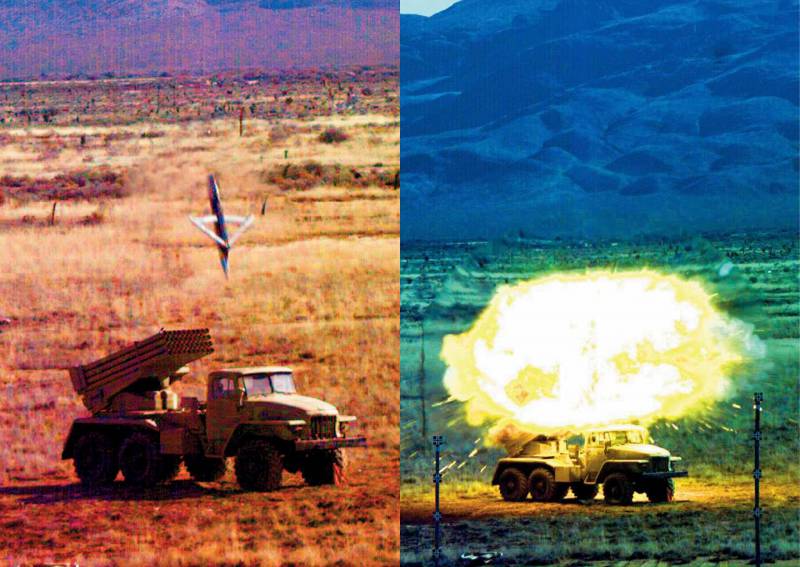
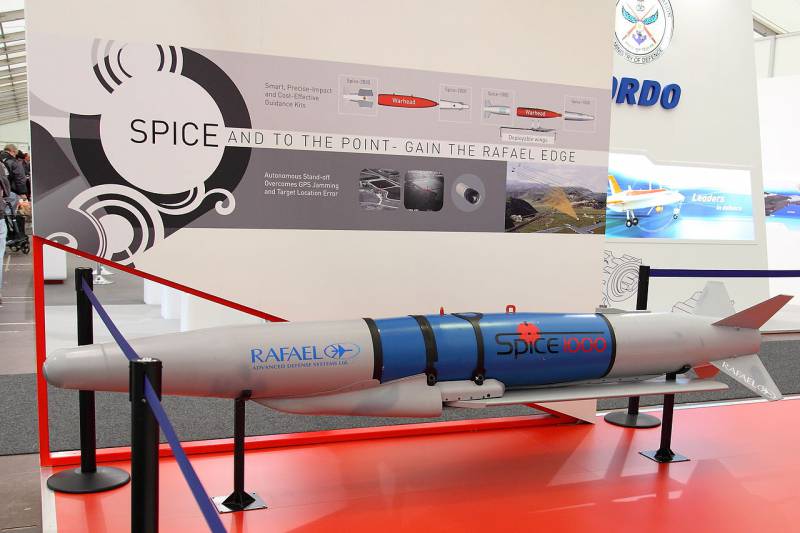
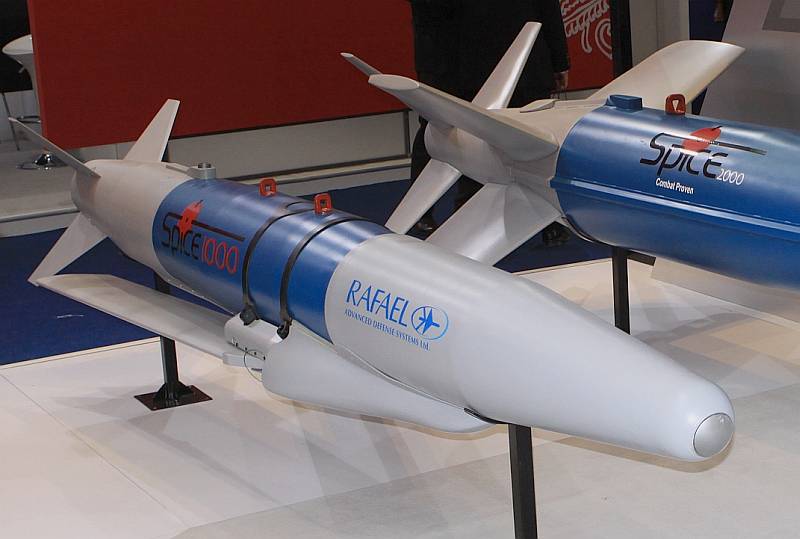
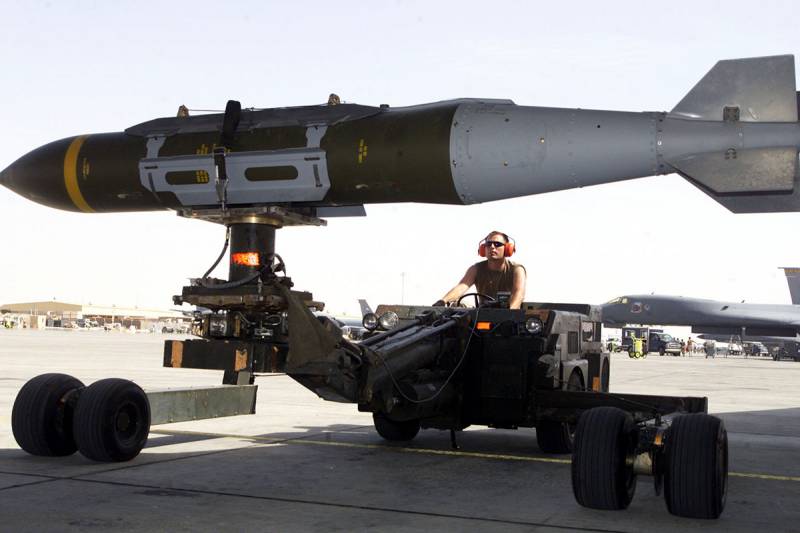
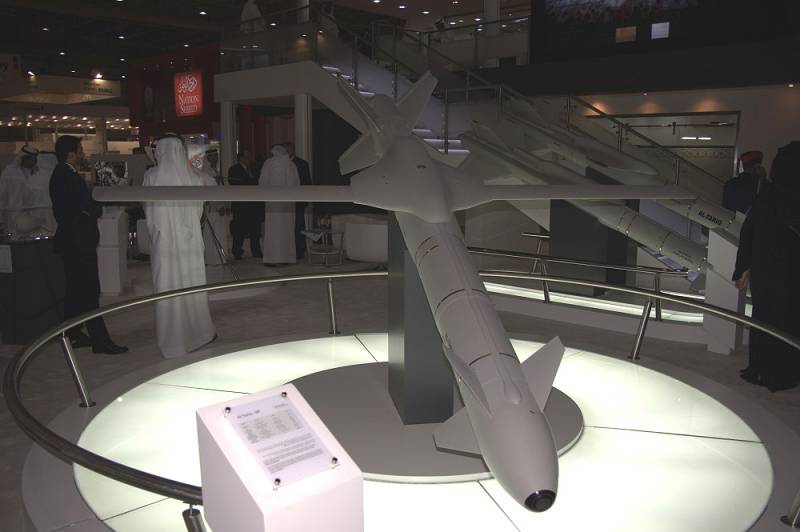
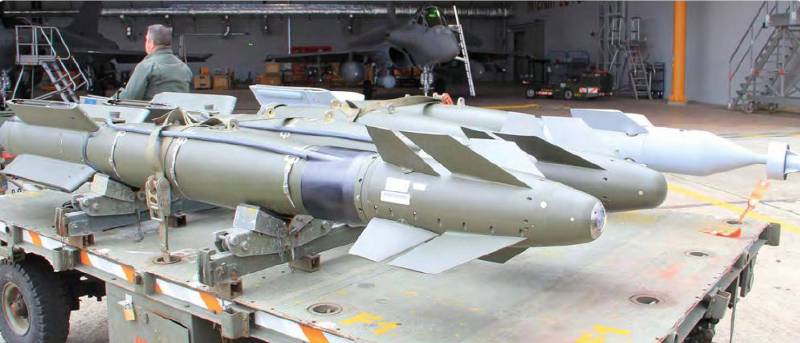
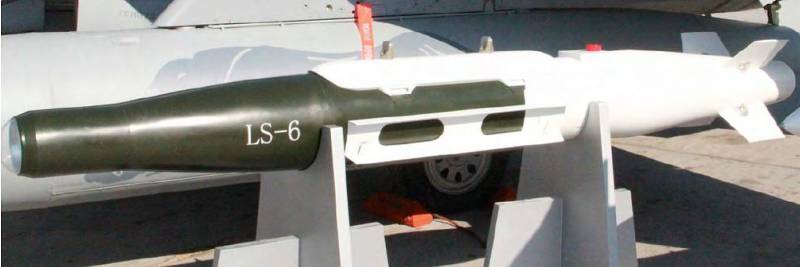
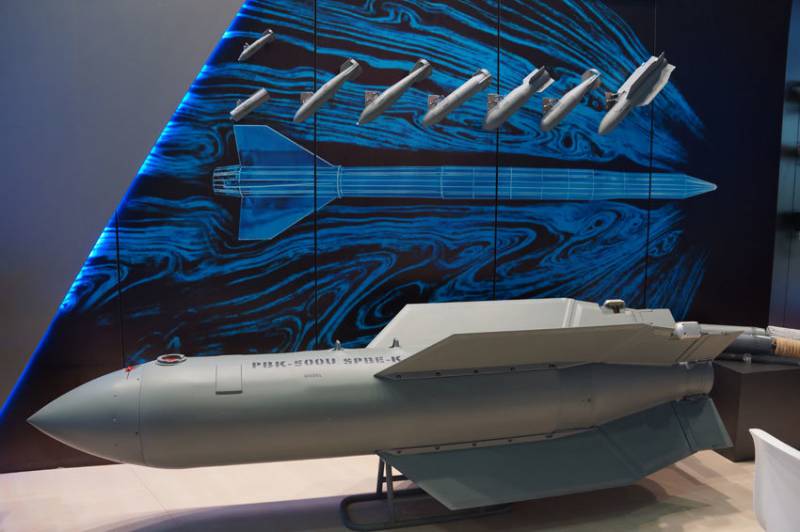
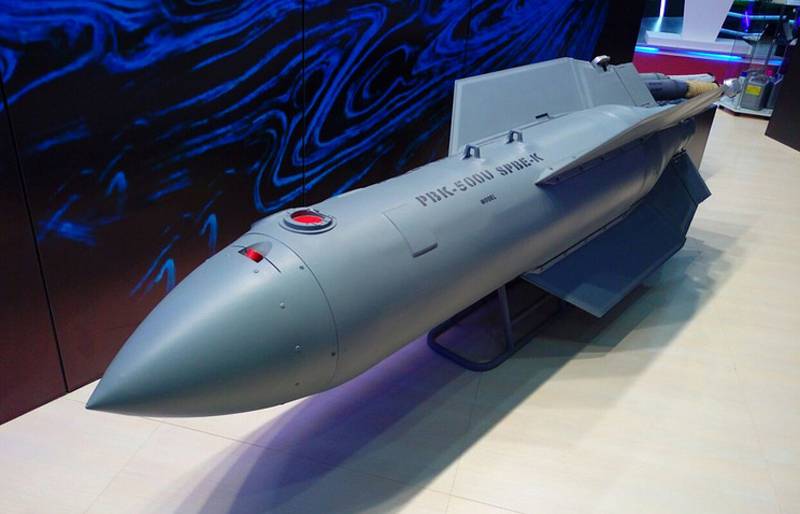
Information